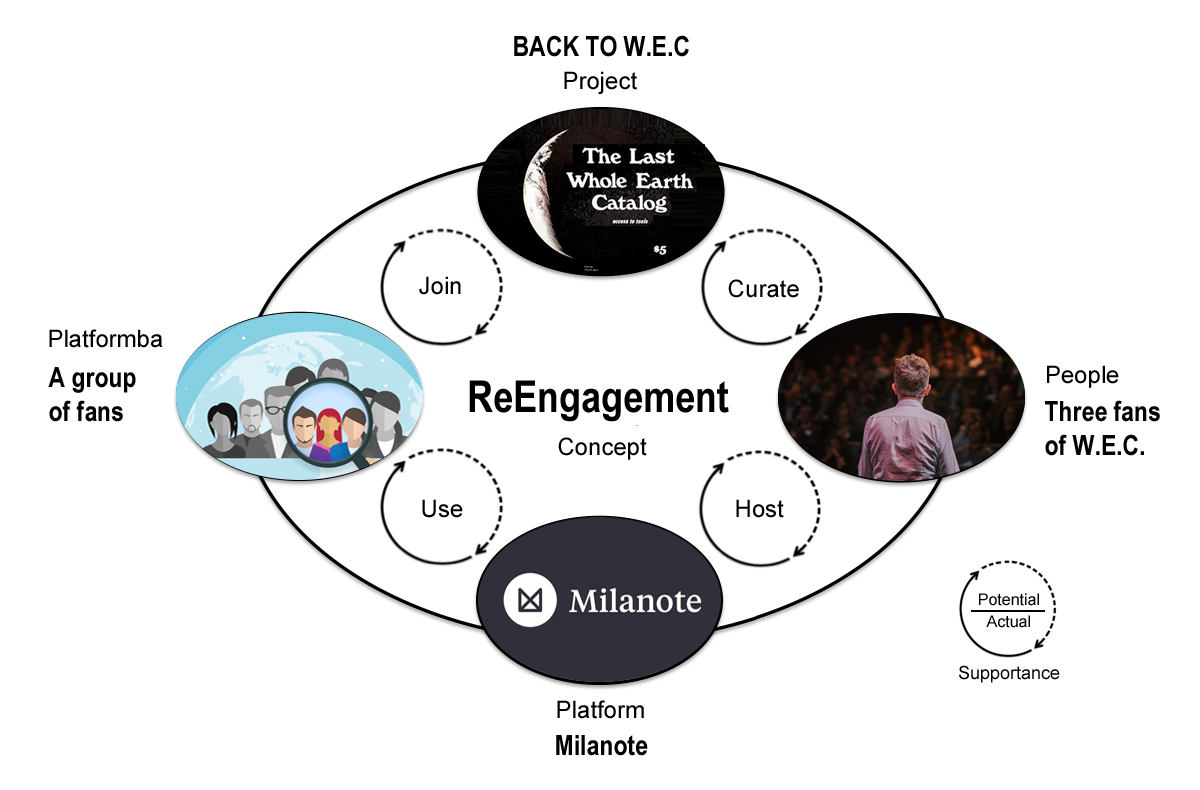
After a particular amount of time has passed since their last activity, idle customers or customers that churned are given customer re-engagement messages. To encourage customers to finish a transaction or renew their subscription, they frequently provide a discount or a promotion.
The best way to help your business expand is to invest in keeping your current customers satisfied given the exorbitant costs of acquiring new ones. A fun discount campaign with automated reminders is the best approach to encourage dormant clients when you need to do so. These re-engaging emails and communications are a tried-and-true method of raising LTV. A large number of churned subscribers can significantly harm your sender reputation and make your emails appear spammy in addition to retaining an outdated subscriber list.
Promotional terms:
The deal applies exclusively to former HelloFresh customers who have terminated the subscription.
Customers will receive discounts of 27.8% off their following two boxes and 18.54% off their following three, four, and five boxes, for a combined promotional value of about six free meals (estimated based on a weekly plan of two meals for four people; may change if you want more/less meals for more/less people). This is a pretty creative way to structure a discount, dividing the savings over five delivery and requiring loyal consumers to place at least five orders with the business to qualify for the deal.
Offer only valid for clients based in the US.
Within seven days of the date the email was received, the win-back discount expires.
Email campaigns for re-engagement: best practises
Following are the most obvious trends we saw after reading through more than 30 re-engagement email campaigns:
Most businesses give discounts in the range of 10% to 20% off value, either as a percentage or a monetary amount.
Split discounts are sometimes offered by subscription-based businesses, requiring customers to complete multiple orders in order to take advantage of the discount.
The subject line of re-engagement emails frequently includes the word “miss” in addition to information on the value of the perk or promotion.
The majority of the items are typically eligible for the deals; exceptions include gift cards, taxes, fees, and products that are limited edition or expensive.
The offers we observed were frequently generalised and not particularly tailored. They didn’t focus on particular product categories or the customers’ favoured products.
Although the customer’s name was occasionally referenced in the emails, there was no further personalisation.
